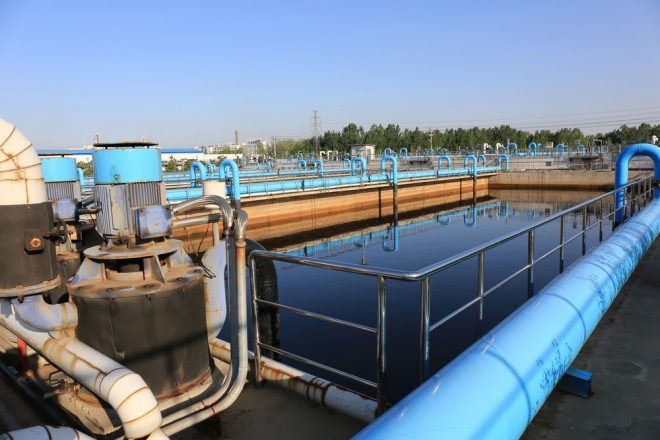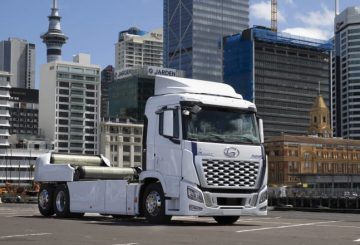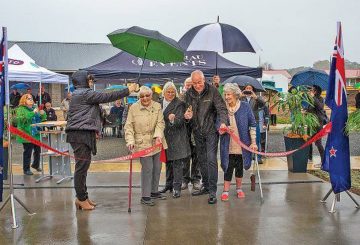政府提议的该国供水服务结构调整将使饮用水、废水和雨水的责任从地方议会转移到几个地区供水机构。
“三水” 背后的理由
重组背后的理由包括安全性和可负担性。在安全方面,我们的大部分供水基础设施正在老化,并面临着人口不断增长的压力。2016 年,哈夫洛克北部受污染的水孔导致 4 人死亡,5,000 人生病。
关于负担能力,未来 30 年对供水、废水和雨水基础设施的投资估计从 1 200 亿美元到 1,850 亿美元不等。投资是弥补几十年来理事会投资不足的必要条件,并为预计的人口增长提供服务。这种支出不能单靠纳税人来支付。
拟议的新结构
政府提议设立四个区域实体,负责提供三个水域服务。如果提案获得进展,从 2024 年 7 月起,各实体可能完全控制三个水域的服务交付。然后,政府将负责对水基础设施的投资,承受地方政府的压力。
当前状态
对于是否继续执行政府的计划,没有与地方当局达成共识。几个地方议会指责政府集中权力并侵蚀了地方民主。其他代表团对政府缺乏详细情况表示失望。






























































